























































































































































































Clarisco requests your action to continue
The above mentioned products are used only for clear understanding. We don't have control of the brand and are not doing direct & indirect partnerships with them. We are also not doing promoting activities for them.
Have you ever thought about why one Bitcoin Cash (BCH) token is worth more than one Solana (SOL) token, even though Solana's market cap is much higher than Bitcoin Cash's? This is where tokenomics comes in as supply and demand.
American Economist Milton Friedman once said, "The most important single central fact about a free market is that no exchange takes place unless both parties benefit." This means that in business, everyone should benefit from deals. When it comes to cryptocurrencies it's important to understand supply and demand. That's what we'll talk about in this blog: how supply and demand determine the crypto market.
In Tokenomics supply and demand are the main aspects. Supply means how much of something there is, and demand means how much people want it. These two things decide how valuable and how people use cryptocurrencies. In this blog, we're going to explain tokenomics simply. So sit back, grab a popcorn, and start reading…
Tokenomics means the economic rules and ways that control cryptocurrencies and tokens in blockchain systems. Cryptocurrencies work differently from regular money because they don't have a central authority like banks controlling them. Instead, they run on decentralized networks, where things like supply, demand, and other economic stuff work together in complicated ways.
The total supply of a cryptocurrency is how many tokens can ever exist. Some cryptocurrencies have a fixed supply, like Bitcoin, where there's a set limit on how many coins can be made. Others have a changing supply, where new tokens are made over time, like Ethereum, which didn't have a set limit at first.
Demand for a cryptocurrency comes from different things, like how useful it is, how rare it is, what people think will happen to its price, and how people feel about it. Utility-driven demand comes from how handy a cryptocurrency is for doing certain things, like smart contracts, DeFi, or NFTs.
Scarcity-driven demand is because there's only a limited supply, or due to special events like Bitcoin's halving, or when tokens are burned. Speculative demand is when people buy because they think the price will go up, based on trends and news. Market sentiment, which is how people feel about the market, also affects demand, based on things like news, rules, and big economic trends.
This is how many tokens are available to trade. It doesn't count tokens that are locked up, saved, or held by the project team or ones that are lost or not used.
How tokens are shared among different people, like founders, investors, developers, and users, can change how the market works. Fair and clear ways of sharing out tokens can build trust, while uneven or centralized sharing can make people worried about cheating or control.
The market capitalization of a cryptocurrency is calculated by multiplying its price by the total quantity of coins in circulation. Fully-diluted market value is different because it multiplies the maximum possible supply by the current price. This difference arises because many cryptocurrencies don't have all their coins circulating.
For example, consider Token A with 1 million coins in circulation, each worth $1:
The current Market Value is $1 million. If Token A has a maximum supply of 5 million coins, and each is worth $1, its fully diluted market value would be $5 million. To keep Token X at $1 per coin after all 5 million coins are in circulation, its market value must rise 5 times to balance the increased supply.
It is like the blueprint for how tokens work in crypto projects. It includes elements like token allocations, mining rewards, yields, token burns, and game theory. These factors influence investor returns, community engagement, and overall token demand. Let's explain elaborately these terms.
In crypto projects, it's common to allocate tokens to different groups. To build trust, tokens given to venture capitalists or developers are often locked for a while. This protects investors from schemes where prices are artificially raised and then dropped.
Bitcoin and Ethereum initially reward miners for validating transactions. This is called proof-of-work (PoW). In proof-of-stake (PoS) blockchains, validators get rewards for holding a certain amount of coins. Ethereum is moving towards this model.
Yield farming lets people earn more tokens by holding crypto. By lending funds through smart contracts, you can earn interest and tokens. This happens a lot in decentralized exchanges.
To stop too many tokens from being around, some protocols burn them. This makes the remaining tokens more valuable. Binance does this regularly with its token BNB.
Game theory is about how people make choices. In crypto, it helps developers understand how people use their tokens. For example, locking up tokens can make people want to hold onto them for longer, which helps the token's value go up.
On Curve protocol, you have to lock your tokens to get a share of the revenue. The longer you lock them, the more you earn. This gives people a reason to keep their tokens locked up.
Tokenomics is the base of any crypto project out there. By looking at it, investors can spot problems, like projects that won't last or tokens that are risky. Each crypto has its special features, like how much there is, how it's made, and its technical stuff. So, before people decide to invest, they check out the tokenomics of the crypto.
To quote Vitalik Buterin, "Tokenomics is the art of aligning incentives in a decentralized ecosystem." Tokenomics isn't just about guessing what might happen in the market. It's also about setting up rewards to get people to use the system more and help it grow. Tokenomics is like the backbone of digital systems. It helps decide who gets what and makes sure everyone can be a part of it.
Our trustworthy and happy Clients

200+

served Clients with a happy smile
Awards & Recognition
We are extremely pleased that reputable publications around the world recognised our superior work.




We'd Love To Hear From You!
Know your requirement, our technical expert will schedule a call and discuss your idea in detail. All information will be kept confidential.

Plot No. 29, 30, Iswarya Nagar,
Madakkulam, Tamil Nadu 625003, India
Business@clarisco.com +91 9442430551Monday-Saturday: 10am - 7pm
Sunday: Closed
